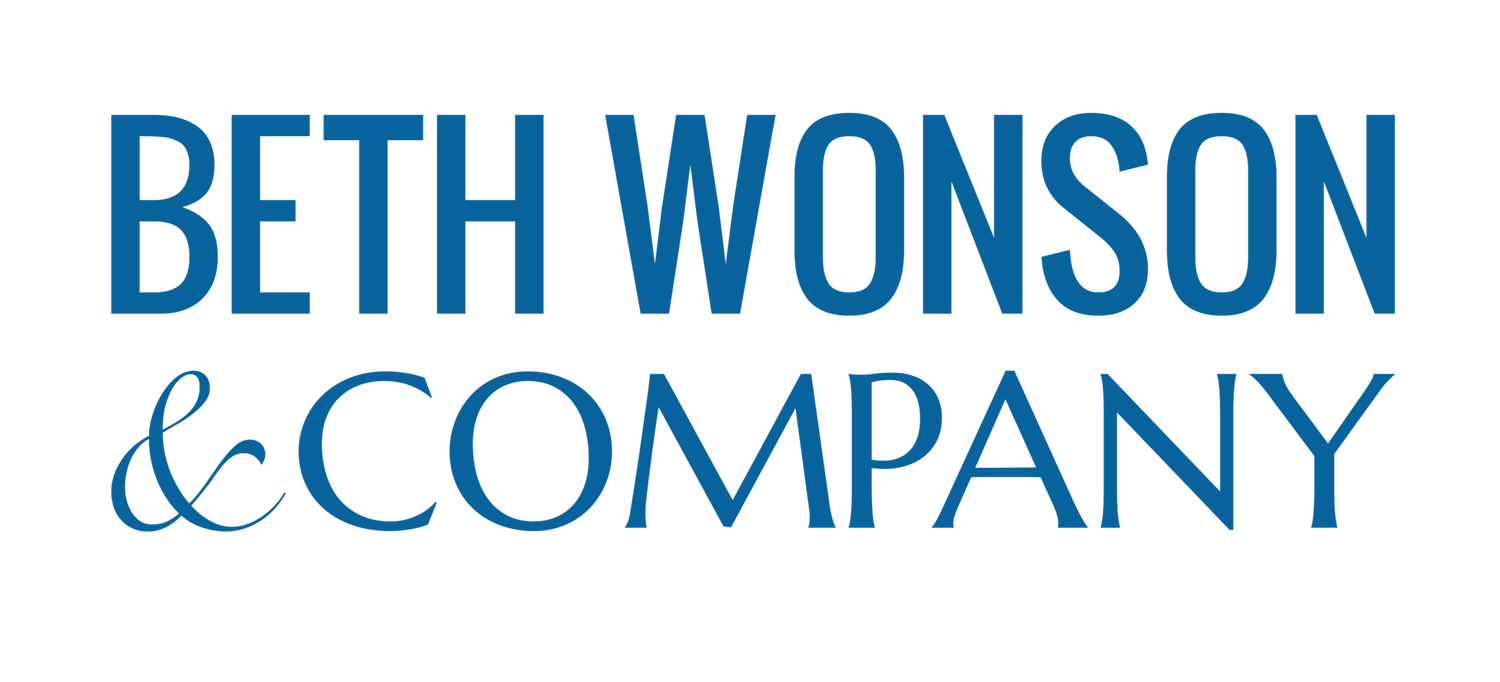How Is Listening Going For You?
Over the course of the past week, at least 4 people have said to me, “I feel like people aren’t listening to me.”
When I ask for them to elaborate, they tell me that when they share their feelings with colleagues, friends, or family, that people immediately respond with either:
their own feelings
examples of how they have it worse
Nowadays this is not uncommon because many people have never been taught how to listen, validate, and then engage with curiosity.
But right now, nearly everyone is experiencing emotional hotspots because of world events. So even those of us who normally could respond effectively to the feelings of others are struggling to do so.
Why? Because the world is uncertain, and the path forward remains unclear.
A new friend was sharing with me yesterday about his fears that his 19-year-old son could potentially be drafted if the United States goes to war. “I don’t want that for him or for me,” he said. And what was my automatic response? “My son-in-law recently joined the National Guard and I’m so worried what that might mean instead of what he was hoping it would mean”.
And just like that, the conversation switched to me. I’m not sure how that felt to him, but I imagine it wasn’t great. Clearly, I was not using my Navigating Challenging Dialogue® tools.
As I later reflected on this exchange, I realized that his comment brought up feelings in me. And I missed a great opportunity to notice that emotional hotspot rising, ground myself, breathe, and shift my focus back to my friend by sinking into curiosity.
If I had simply responded with “Oh that sounds unsettling. Tell me more”, the reward would have been that I got to learn more about him, his fears, his world view, and his values. He would have learned that I am a safe person for him to share his feelings with. And the time for me to share my fears would naturally appear.
I know it to be true because reciprocity exists in healthy relationships.
Instead, I showed my friend that I wasn’t a listener in that moment. I was discounting his fears by inserting my own fears into his story. He disclosed something very vulnerable with me and I didn’t pause and hold space for him to be heard.
I will acknowledge this with him next time we talk. I will let him know I wished I had responded rather than reacted. Because if I don’t, the lesson he learns is that sharing with me doesn’t feel great. The friendship may get stuck at this spot instead of growing. And I don’t want that.
We will all have opportunities both in the workplace and at home, to deepen our connections, strengthen our relationships, and be a safe place for people to share their fears without needing to try and fix or alleviate them. Your job, all our jobs, is to ground ourselves, validate (that sounds hard, scary, uncomfortable, sad), and sink into gentle curiosity (tell me more about how that feels for you), and listen.
And guess what? As you practice and model these skills, others will notice and will hopefully begin to hold space for you. If someone doesn’t respond in this way, ask for what you need. “I appreciate you trying to problem solve this or help me feel better, but what I really need from you right now is to listen, acknowledge how I’m feeling, and let me share about it”.
Sometimes people just need a little help being present. I sure did. Connection, community, and meaningful relationships are important as we navigate all the changes and uncertainty in the world.
Step one to building positive bonds is to learn how to be present, validate, sink into curiosity, and listen.
To learn, or refresh yourself on, the tools of Navigating Challenging Dialogue® sign up for our new online workshop, Tackling Difficult Conversations with Confidence. This go-at-your-pace workshop is uniquely designed to give you support and connection as you practice with your own real-life challenges. We will be engaging with you through the reflection assignments — no auto grading here. The comments and questions we ask in response are specifically to help you learn and practice the tools. Sign up in our online classroom.
Have a Question? Let’s Talk Today
You may be facing a challenge or weighing an action and aren’t sure where to start, or what a solution even looks like. Contact Beth today! It’s 100% confidential so you can freely discuss the challenges you’re facing and unlock a path forward. Or Get Started with our resources library and books.
